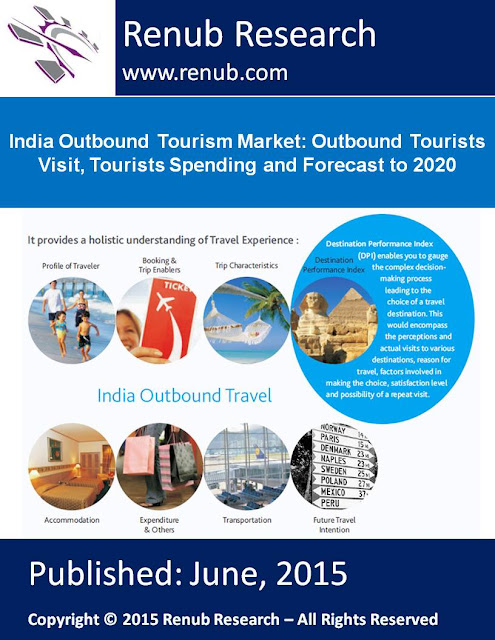United States and Japan - Proton Therapy Market, Patients & Forecast
Proton therapy is a form of
particle therapy that has gained wide prominence globally. The first
hospital-based proton therapy facility started operations in 1990 at Loma Linda
University Medical Center (LLUMC). It remains one of the most comprehensive
centers, having treated about 16,884 patients since its inception. Proton
therapy carries a price tag as intimidating as its size. Although, still in its
infancy, the unprecedented demand of proton therapy for the treatment of cancer
has set the platform for the market to move ahead at a rapid pace. The number
of centers providing proton therapy in the US is likely to cross 22 by 2017.
The adoption of proton therapy
into regular clinical practice may have a significant economic impact. While
proton therapy has been used clinically for more than 20 years, the high cost
of the technology has made limited access to the treatment. However the
scenario is changing, as manufacturers build more compact systems and
cost-effective models, which cuts down the initial investment, and enables
hospitals to offer a new life saving treatment, often resulting in a better
quality of life. The biggest advantage of proton therapy is that it minimizes
side effects as well as morbidity rate, resulting in an improved quality of
life for patients as compared to photon therapy. The initial cost of treatment
with proton therapy is higher than the photon therapy, reduced side-effects
results in an overall cost savings over a lifetime.
The adoption of proton therapy is
just beginning to blossom, the technology is already advanced on to the next-generation
proton therapy technique— Intensity
Modulated Proton Therapy IMPT. For example, Mayo Clinic has decided to use IMPT as opposed to
scatter-beam therapy. In 2012, over 1.5 Million people were diagnosed with
cancer in the US, and of those cases, around 0.3 Million were eligible for
proton therapy. However, with limited proton therapy centers in the US, only a
limited number of patients were actually able to receive proton therapy
treatment. The need is even higher globally. With the rising cancer incidence worldwide
the Proton Therapy market is set to fuel in the future.
Proton therapy is the best
treatment option available for children, adolescents and adults with cancerous
and non-cancerous tumors. Each year, thousands of cancer patients choose proton
treatment because of its efficacy, minimal side effects risk, and for the
patient’s preserved quality of life during treatment and for years to come. But
with limited proton therapy centers in the US, only few patients were able to actually
receive proton therapy treatment. The requirement for proton therapy is even
greater around the world. According to Renub Research Proton therapy
has become a subject of significant interest in the radiation oncology
community. It is anticipated that there will be a substantial growth in proton therapy
treatment facilities during the next decade.




Comments
Post a Comment